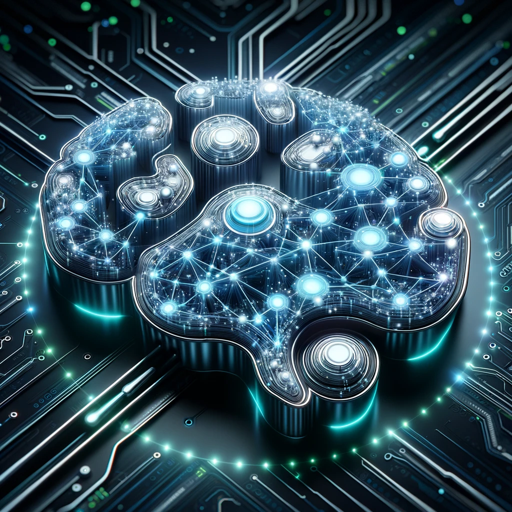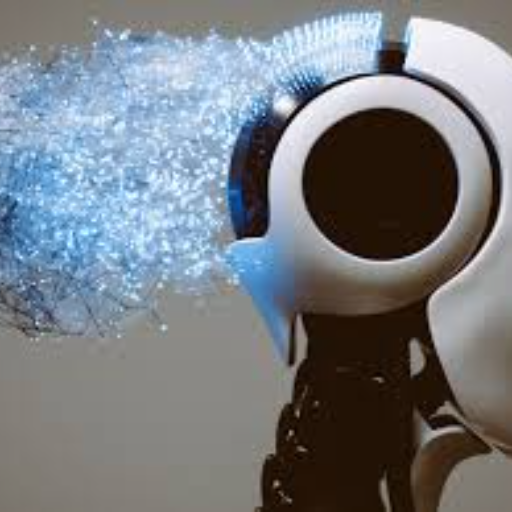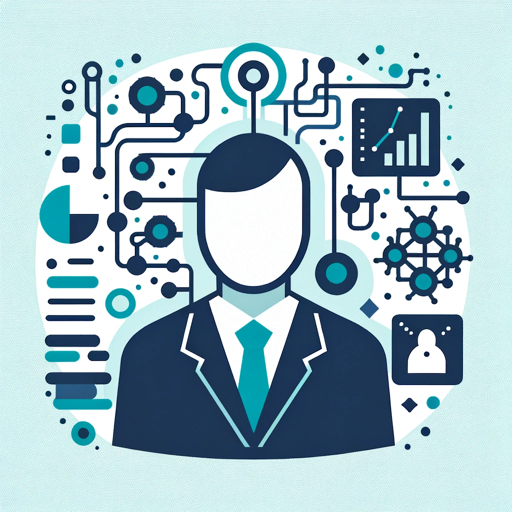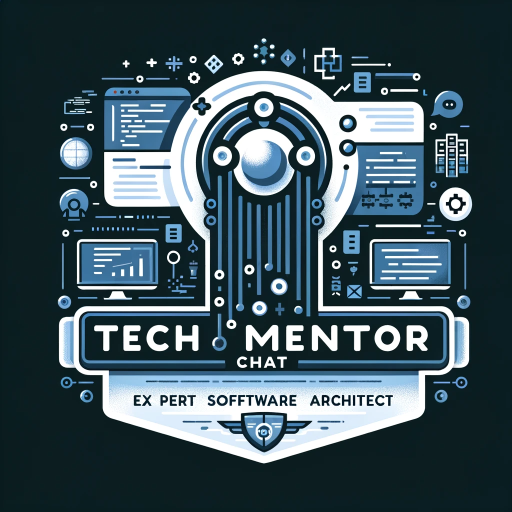Machine Learning Dev and Design-AI-powered machine learning assistance.
AI-powered guidance for machine learning development.
Can you help me understand convolutional neural networks?
How do I handle overfitting in my ML model?
Best practices for data preprocessing in ML?
Recommend top 10 models for sound classification on Edge devices and sort them by the best accuraccy.
Related Tools
Load More
Machine Learning Expert
Expert in machine learning & artificial intelligence theory and exercises, explaining concepts with clarity and insight. Use any of these hotkeys to get a custom answer.

Deep Learning Master
Guiding you through the depths of deep learning with accuracy and respect.

Machine Learning Engineer
Designs AI models that automate complex tasks and analyze large datasets for actionable insights.

Design Feedback for Devs
UX/UI/Product design feedback for developers. Start by uploading a design.

Tech Mentor
Expert software architect with experience in design, construction, development, testing and deployment of Web, Mobile and Standalone software architectures

Machine Learning Tutor
Assists in learning ML concepts, offers Python coding examples using APIs like Numpy, Keras, TensorFlow.
20.0 / 5 (200 votes)
Introduction to Machine Learning Dev and Design
Machine Learning Dev and Design is a specialized platform that focuses on helping developers, data scientists, and engineers build, optimize, and deploy machine learning (ML) models. The primary goal is to offer practical, detailed guidance on various aspects of ML development, including designing model architectures, using frameworks such as TensorFlow, PyTorch, or scikit-learn, and deploying models on various platforms like edge devices, cloud infrastructure, or servers. This service aims to bridge the gap between theoretical knowledge and practical application. For instance, instead of merely discussing the capabilities of convolutional neural networks (CNNs), Machine Learning Dev and Design will walk a user through the entire process—from data preparation to training, tuning hyperparameters, and deploying the model in a production environment. Examples include using transfer learning with ResNet on an image classification problem or scaling an ML pipeline using TensorFlow on Google Cloud. The service emphasizes both system design and practical code-writing to ensure users can build scalable, efficient models.

Main Functions of Machine Learning Dev and Design
Model Design and Development
Example
Helping users build a custom neural network for image classification using PyTorch, with a step-by-step guide on data preprocessing, model architecture design, and backpropagation techniques.
Scenario
A small startup wants to develop an AI-based mobile application that can identify various plants using photos taken by users. Machine Learning Dev and Design can guide them in building and training a convolutional neural network (CNN) from scratch or using pre-trained models like MobileNet, optimizing it for low-latency edge deployment on mobile devices.
Model Optimization and Hyperparameter Tuning
Example
Using Bayesian optimization techniques to fine-tune the learning rate, batch size, and number of hidden layers in a neural network model for better accuracy and efficiency.
Scenario
A financial firm wants to improve the accuracy of their fraud detection model. By utilizing Machine Learning Dev and Design, they can optimize their decision tree models using techniques like grid search or Bayesian optimization to reduce false positives and ensure the system runs efficiently in real-time environments.
Deployment Strategies on Edge and Cloud Platforms
Example
Deploying a TensorFlow model on an edge device like a Raspberry Pi, with guidance on how to optimize the model for low-power, low-latency operation.
Scenario
A company developing IoT devices for smart homes needs to deploy a natural language processing (NLP) model on low-power edge devices to control appliances through voice commands. Machine Learning Dev and Design can help them compress the NLP model using techniques like quantization and deploy it efficiently to meet real-time processing requirements.
Ideal Users of Machine Learning Dev and Design Services
ML Engineers and Data Scientists
These professionals need detailed technical guidance for creating and deploying machine learning models. Machine Learning Dev and Design helps them solve real-world problems, whether it's fine-tuning models for higher accuracy, deploying models at scale, or handling specific data preprocessing tasks. For instance, a data scientist working on predicting customer churn can leverage the platform to enhance model performance by selecting appropriate features, tuning hyperparameters, and deploying the model using cloud services like AWS SageMaker.
Startups and SMEs (Small and Medium-sized Enterprises)
Startups and SMEs often lack dedicated machine learning teams, yet they wish to integrate ML into their products or services. Machine Learning Dev and Design helps these organizations by offering practical guidance and pre-built solutions that accelerate development. For example, an e-commerce startup that wants to implement a recommendation engine can follow guided tutorials on collaborative filtering and matrix factorization to build a basic engine and scale it up as their user base grows.

How to Use Machine Learning Dev and Design
1
Visit aichatonline.org for a free trial without login, no need for ChatGPT Plus.
2
Familiarize yourself with available features like guidance on frameworks (e.g., TensorFlow, PyTorch) and deployment options (edge devices, cloud, servers).
3
Select your specific use case—whether it’s model design, system architecture consultation, or hands-on code writing—for a more personalized experience.
4
Ask for detailed technical help on topics such as AI model optimization, system deployment strategies, or machine learning troubleshooting.
5
Leverage interactivity for long-running projects by breaking queries into chapters and interacting to refine questions as needed.
Try other advanced and practical GPTs
Tableau Expert
AI-Powered Assistance for Tableau Users

Agile User Story Crafter
AI-powered user stories for Agile teams.

Dataiku Guide
AI-powered guidance for Dataiku success

Subtitle Translator Pro
AI-powered subtitle translations made easy

STEM Explainer - Hyperion v1
AI-driven insights for deeper STEM understanding.

Custom Colorize
AI-powered tool for coloring page creation.

Sports Betting Guide
AI-powered guide for smarter betting

Learn LUKSO
AI-driven smart contract guidance for LUKSO.

OpenStory Visualizer
AI-Powered Script to Visuals Tool

GPT Directory
Unlock the Power of AI Models

行銷AI助理 Marketing AI Assistant
AI-driven solutions for smarter marketing

Paw Pal
AI-driven guidance for confident dog ownership

- Troubleshooting
- System Design
- Model Training
- Deployment
- Code Writing
Top Q&A for Machine Learning Dev and Design
What makes Machine Learning Dev and Design unique?
This GPT focuses on in-depth guidance for machine learning, offering hands-on help with TensorFlow, PyTorch, Transformers, and deployment on different platforms. It provides interactive chapters for complex topics and allows for ongoing, real-time clarification.
Can it help with real-time machine learning problems?
Yes, Machine Learning Dev and Design is designed for real-time troubleshooting and advice, including model debugging, optimization tips, and deployment strategies, tailored to different frameworks and environments.
Is there any prior knowledge required to use the tool?
While some familiarity with machine learning concepts and tools like TensorFlow or PyTorch is helpful, the tool provides explanations suitable for both beginners and advanced users, adapting to your technical proficiency.
Can it assist in deploying machine learning models to edge devices?
Absolutely. One of the core functionalities is guiding users through deploying models to edge devices, servers, or the cloud, providing specific tips on handling latency, resource management, and optimization.
What frameworks does Machine Learning Dev and Design support?
It supports popular frameworks like TensorFlow, PyTorch, and Transformers, offering practical advice on designing, training, and deploying models in various environments.